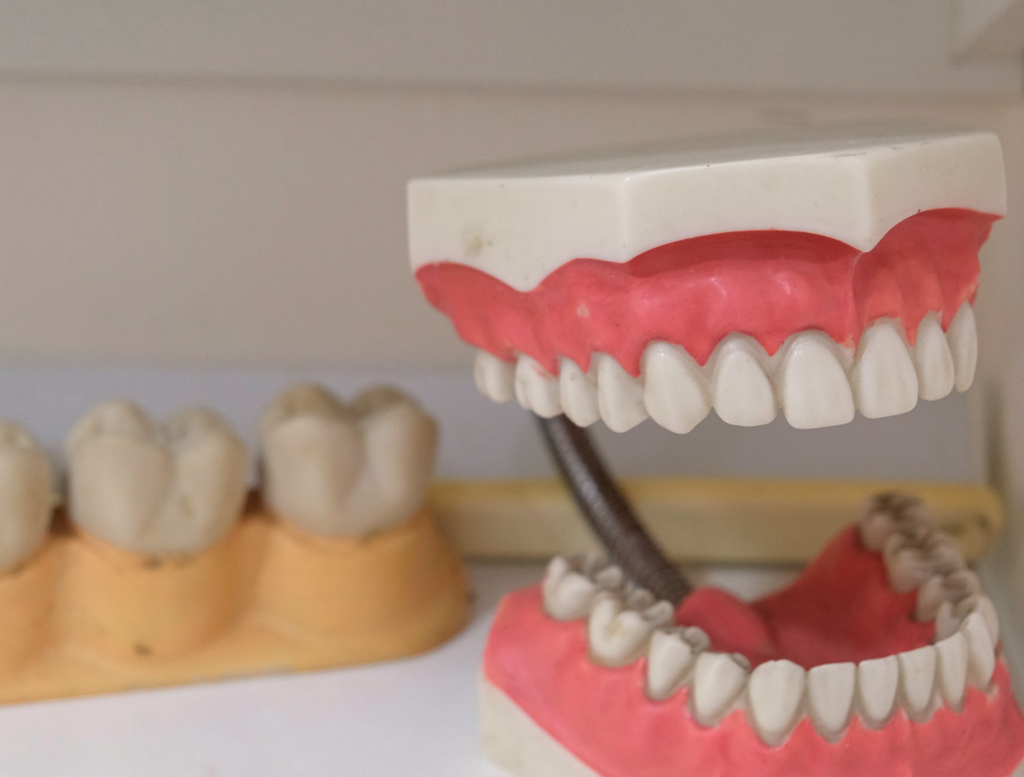While cavities can form in any part of the tooth, it is most commonly seen between two teeth. This is often because there is a small gap or space between the teeth that allows bacteria and food particles to get trapped. When these particles are not removed, they can start to break down the tooth enamel and cause a cavity to form.
If you think you may have a cavity between your teeth, it is important to see a dentist as soon as possible. Cavities can be treated with fillings or other dental treatments, but the sooner they are caught, the easier they are to treat. If you wait too long, the cavity can become larger and cause more serious problems.
How Common is It to Have A Cavity Between Your Teeth?
Cavities between your teeth are actually quite common. In fact, according to the American Dental Association, about 30% of cavities occur in-between teeth. This is because there are many places for food and bacteria to get trapped when there is a space between your teeth. If these particles are not removed, they can start to eat away at the tooth enamel and cause a cavity.
The good news is that cavities between teeth can be prevented with proper oral hygiene. This means brushing and flossing regularly, as well as visiting the dentist for regular checkups and cleanings. If you do have a cavity, it is important to see a dentist so that it can be treated before it gets worse.
Signs of Cavities Between Your Teeth
There are several signs that you may have a cavity between your teeth. These include:
- Tooth pain or sensitivity
- Visible holes or pits in your teeth
- Dark spots on your teeth
- White spots on your teeth
- Pain when biting down
If you notice any of these signs, it is important to see a dentist as soon as possible. Cavities can be treated with fillings or other dental treatments, but the sooner they are caught, the easier they are to treat.
How are Cavities Between Teeth Fixed?
Cavities between teeth are typically treated with fillings. Fillings are made of materials like amalgam (which is a mixture of metals) or composite (which is a plastic and tooth-colored material). The type of filling that is used will depend on the size and location of the cavity, as well as your personal preferences.
In some cases, a crown may be needed to treat a cavity. A crown is a cap that is placed over the tooth to restore its shape and function. Crowns are usually made of porcelain or ceramic and can be matched to the color of your natural teeth.
If the cavity is large or has caused damage to the tooth, you may need a root canal. This is a procedure where the dentist removes the damaged tissue from inside the tooth and fills it with a material called gutta-percha. Root canals are usually only needed when the cavity has reached the pulp (the center of the tooth where the nerves and blood vessels are located).
Contact Family Tree Dental To Have A Cavity Filled
If you are located in Southeast Ohio and you are worried about having a cavity between your teeth, contact Family Tree Dental. We have locations in Belpre and Marietta as well as Parkersburg, WV. We would be happy to help you with any issues you are having with your teeth. We offer a variety of dental services, including fillings, crowns, and root canals. Contact us today to schedule an appointment.








